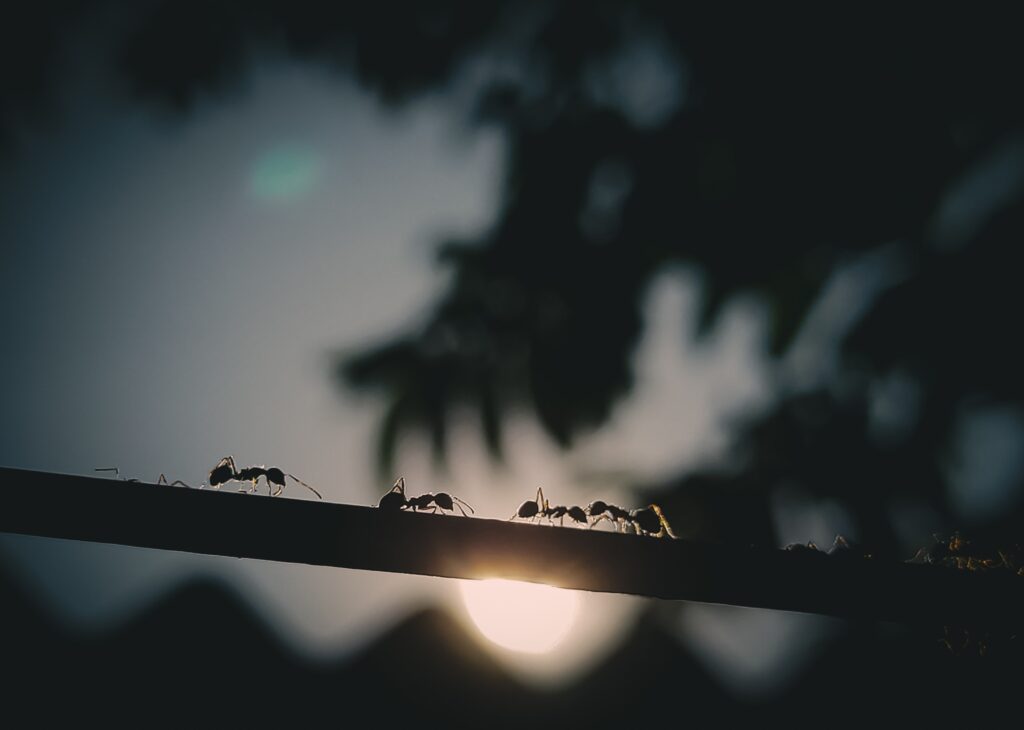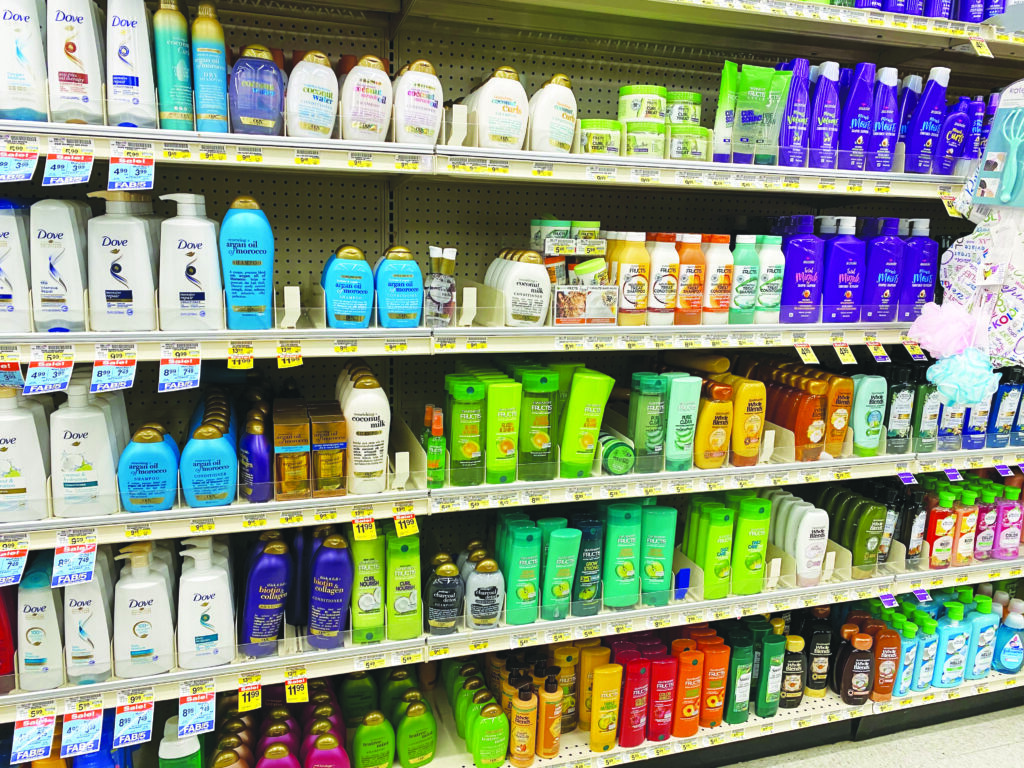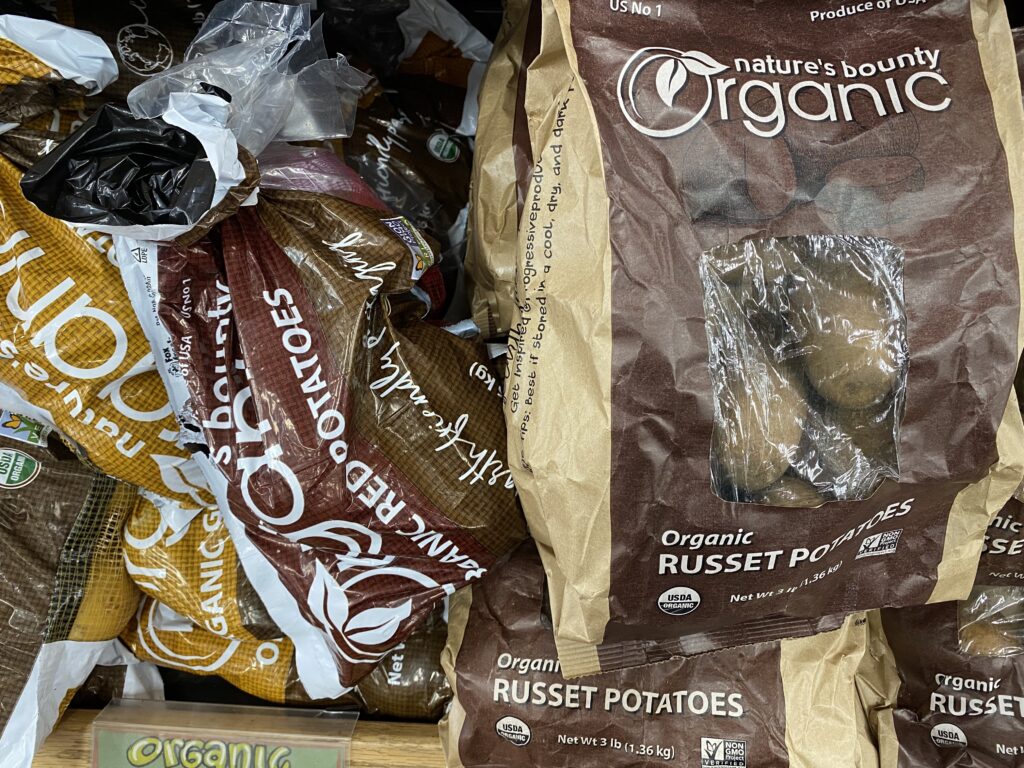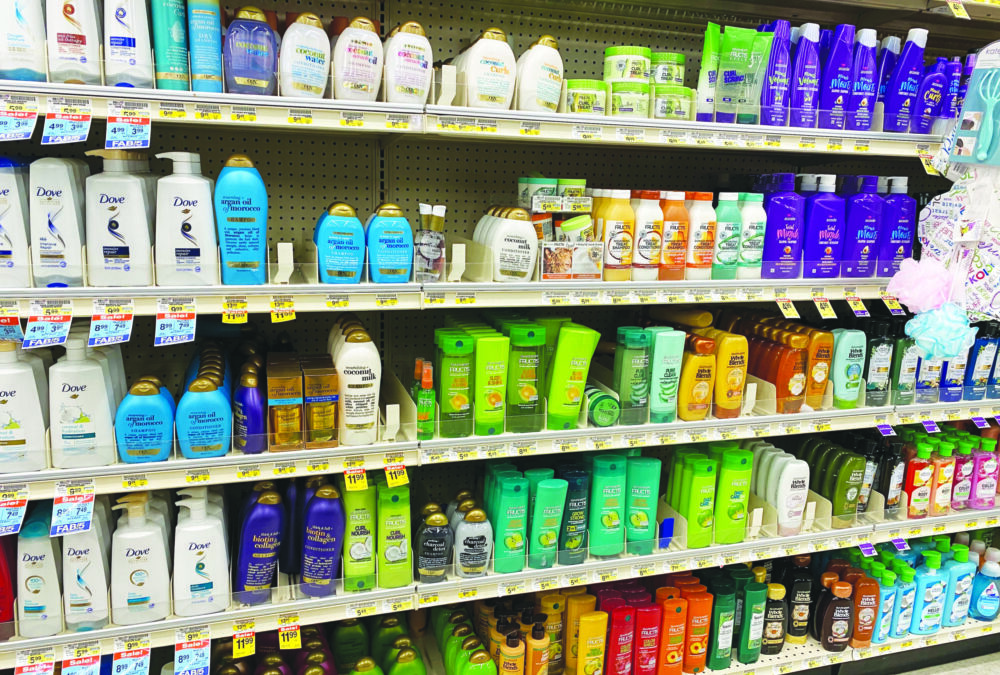
Some people like to imagine that there is an intelligent life form looking down on our planet, trying to learn about human behavior. If aliens are looking down on Earth from above, there is one human activity that might be quite noticeable and puzzling. Humans scurry around busily building hills of plastic waste. Ants make anthills to help regulate the temperature of their dwellings; could humans be doing the same? The aliens might wonder what purpose these mounds are serving as the piles grow in size year after year. Humans seem to run around incessantly creating plastic bottles and bags and adding them to the heaps. The use of each item is so fleeting, and the plastic keeps on coming.
Plastic production has been accelerating since the 1950’s and most of that is because of increased plastic packaging. Despite this ongoing production, only nine percent of plastic is recycled. This shocking number means that 91 percent of the plastic we buy every day is going straight into landfills or ending up in the ocean. Additionally, the small fraction of plastic that is recycled, is down-cycled into a less durable plastic which becomes less and less recyclable. This downgraded plastic breaks down into micro plastics which contaminate our oceans and waterways. We now find plastic in our drinking water, table salt, and breast milk.
While there are exciting discoveries of plastic-eating mushrooms and inventions that vacuum plastics out of the ocean, we are still making and discarding way more plastic than we know what to do with. Plastic is estimated to take more than 400 years to fully biodegrade, so our parents’ and grandparents’ plastic waste is likely still around. The last shampoo bottle you bought will be around for your grandchildren.


Launched about eighteen months ago, NoW (No Waste) Plastic-Free Technology, is an innovative company on a quest to lessen our dependence on plastic packaging. NoW functions as a platform that can work with a company to redesign their packaging while keeping their branding aesthetic in place. Companies can move from plastic linings and plastic bags, to paper-based, sustainable, compostable, and fully recyclable packaging. The patented technology is a plastic-like lining for paper products with a clear window that is made from a food-grade, vegetable cellulose; the packaging is entirely compostable and recyclable. The lining will break down with large amounts of water and agitation, allowing the pure paper pulp to be recovered in the recycling process. In a shelf-life study in Europe, potatoes and carrots in NoW’s breathable bags allowed for a two-week longer shelf-life, helping to minimize our food waste problem. NoW’s packaging has multiple uses, including produce, dry pasta, candy, and protein bars.
NoW Plastic-Free has also developed a range of high-temperature cooking bags for hot food on-the-go. Subway Sandwiches, Starbucks, Einstein’s Bagels, and other chains have worked with NoW to develop the right packaging for their products; they are responding to consumer pressure and looking for more sustainable options. This new technology is far better for our environment than plastic lining or wax coated paper, which can’t be recycled. NoW’s brown bag packaging can also be seen holding different types of potatoes at Trader Joe’s.
Michael Baker, the national sales manager of NoW Plastic-Free Technology, in Lake in the Hills, Illinois wants consumers to “understand that they actually drive the direction. It’s not the brand. If the consumer demands it of popular brands, whether it be Trader Joe’s or Nestlē or Wrigley or whoever it may be… they’re the ones that directly drive the change. The brands are only going to change if they’re pushed toward that change, so continue to voice your opinion at your local supermarket.”
NoW has been recognized for its outstanding work in sustainable packaging. https://sustainablepackaging.org/2021-spc-innovator-award-innovation-in-food-waste-prevention-tied-for-winner/
Laundry detergent, hand soap, dishwasher soap, shampoo, conditioner, deodorant, toothpaste…these are just some of the products that continue to generate tons of plastic. While this ubiquitous plastic packaging is inexpensive to produce, liquid soaps and cleaning products are heavy and take up a lot of space, requiring big trucks and lots of fuel to transport. The vast majority of these products consist of water more than any other ingredient.
There are many new products on the market that make going plastic-free easier and more possible than before. There are concentrated soap products that can be rehydrated, which cuts back on much of the cost of transport, as well as plastic packaging. Laundry sheets are compressed, concentrated laundry detergent that look like index cards of soap (sheetslaundryclub.com). High quality shampoo and conditioner can now come as shampoo and conditioner bars (hellohibar.com). Deodorants can come in cardboard push-up tubes (smartypits.com) and dish soap works well as a bar, too (Dishwashing Block available at The Well Refill in Topanga). In addition to eliminating the plastic bottles or tubes, often these companies work to avoid plastic in their packaging and shipping. While it takes time to find the right new deodorant or shampoo, with each switch to sustainable packaging, countless plastic bottles are kept out of circulation and every dollar spent supports a business striving for positive change.
The United Nations estimates that we are dumping the equivalent of one garbage truck of plastic into the oceans every minute. The mountains and islands of plastic we have created since the 1950s still exist and our earth is in crisis. Our voices and our dollars can motivate companies to change their products; changing our buying habits as consumers gives us the power to stem the flow of plastic into our environment, one purchase at a time.













